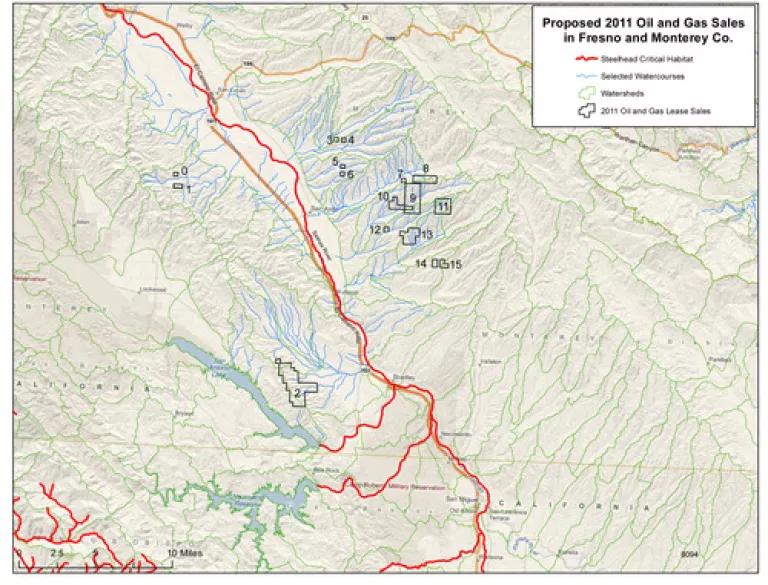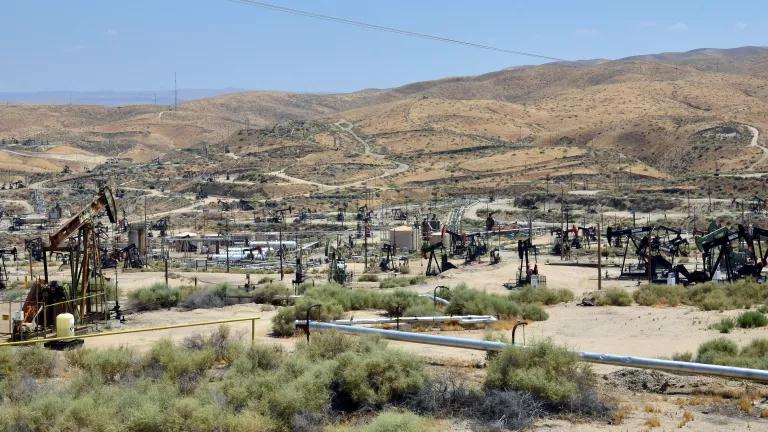More reasons for a strong BLM fracking rule; Three California drinking water sources at risk
As I’ve mentioned, we expect the BLM to soon issue a new draft rule for fracking that takes place under federal oil and gas leases. A reporter published a leaked copy of the new draft rule, and my colleagues Briana Mordick and Matt McFeeley have blogged about this leaked draft--which in several important ways is much weaker than the previous draft. This is a huge disappointment when the rule needed to be strengthened in order to help protect drinking water from fracking, not weakened.
As we've said. strong new rules are essential to protect public lands, private lands that are in a split estate situation, and drinking water sources for millions of Americans. Significant drinking water sources that we mentioned in previous blogs that are targeted for oil and gas leasing andwould be covered by new BLM fracking rules include the drinking water sources for the Washington, D.C. metropolitan area, Athens, Ohio, Denver, and western Colorado.
Today I am blogging about additional important drinking water sources that are at risk from fracking of federal oil and gas resources in California.
Monterey County: The BLM is proposing new oil and gas leasing in important watersheds for Monterey County. One area proposed for oil and gas leasing by the BLM is close to Lake San Antonio and, since the hydrology of the whole region is connected, the leases could affect watersheds for people in San Luis Obispo and nearby areas. Local farmers also depend on this water to irrigate their crops. The Monterey County Water Resources Agency (MCWRA) is opposed to fracking in this area, but the BLM proposed the leasing anyway. See map below. In addition, another proposed lease area has a major active fault running through it.
Ventura County: The Sespe Oil Field in the Los Padres National Forest is just a few miles upstream from Fillmore and the Santa Clara River Valley, where several communities and agricultural operations are located. Several wells have been fracked here in the past few years.
Santa Barbara County: The South Cuyama Oil Field, also in the Los Padres National Forest, is in the Cuyama Valley, which is a small farming community that relies primarily on wells for water. That aquifer is in a state of overdraft and USGS is currently conducting a study on how much overdraft is occurring.
In addition to public land, there are 2.5 million acres of federal split estate land in California where landowners own the surface of their land, but not the federal oil and gas resources beneath the surface. These landowners cannot stop development on their own land if the BLM leases the oil and gas resources that lie below, and their drinking water sources deserve the highest level of protection from any fracking that goes forward on their property. Right now, that is not even close to being the case.
Here is a great map of proposed leasing areas in Monterey County. Thanks to our friends at the Center for Biological Diversity for the map and information and Los Padres Forest Watch for background information:





